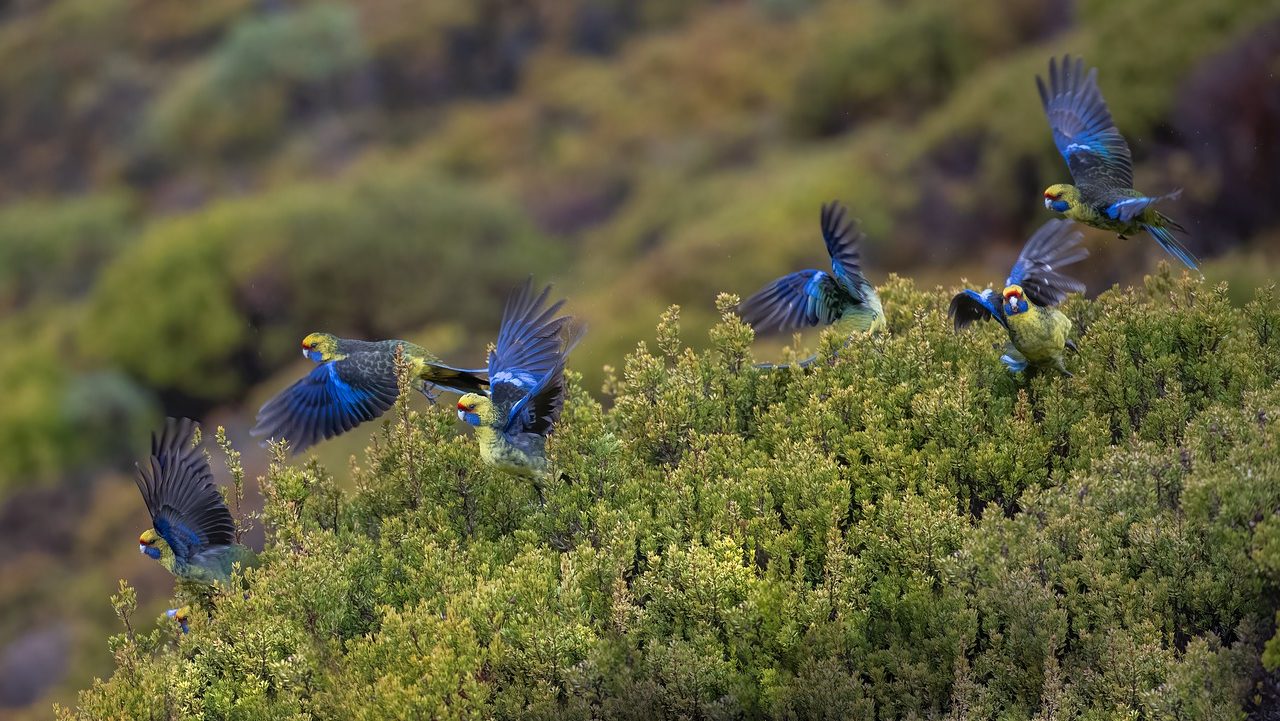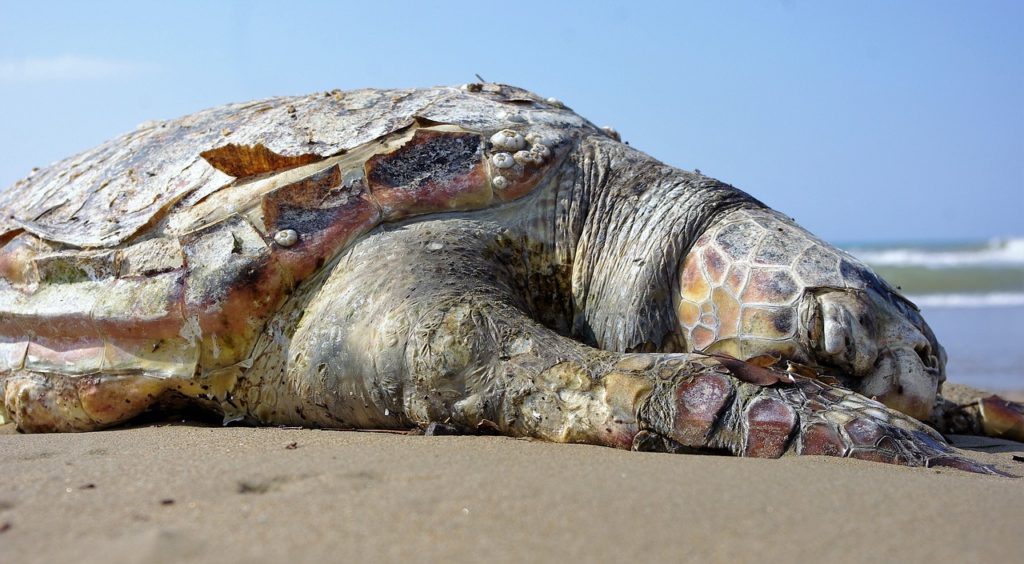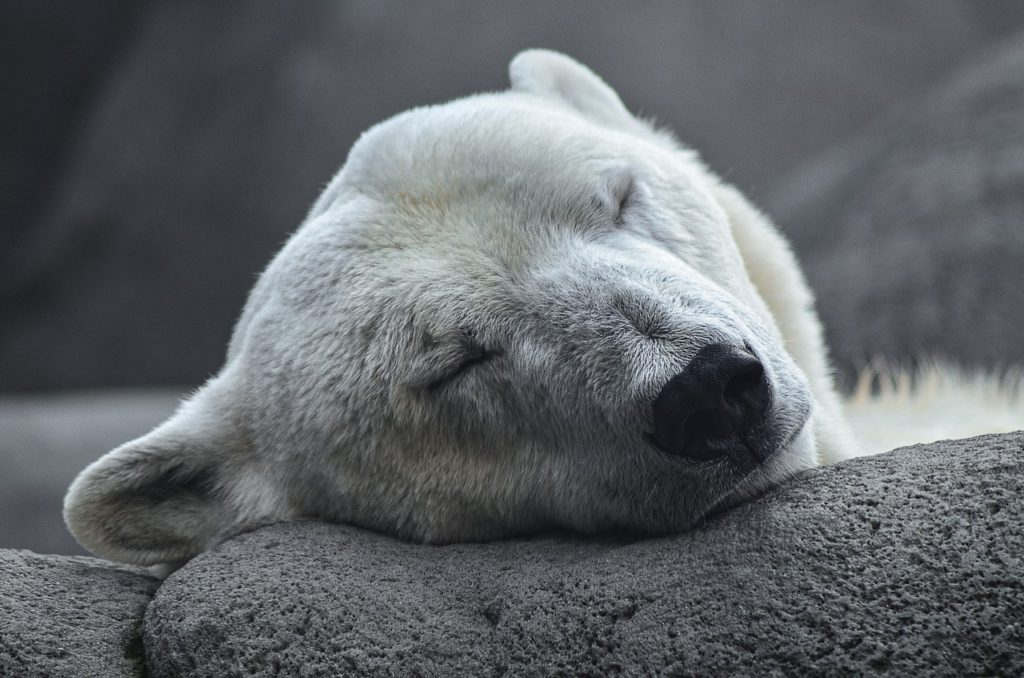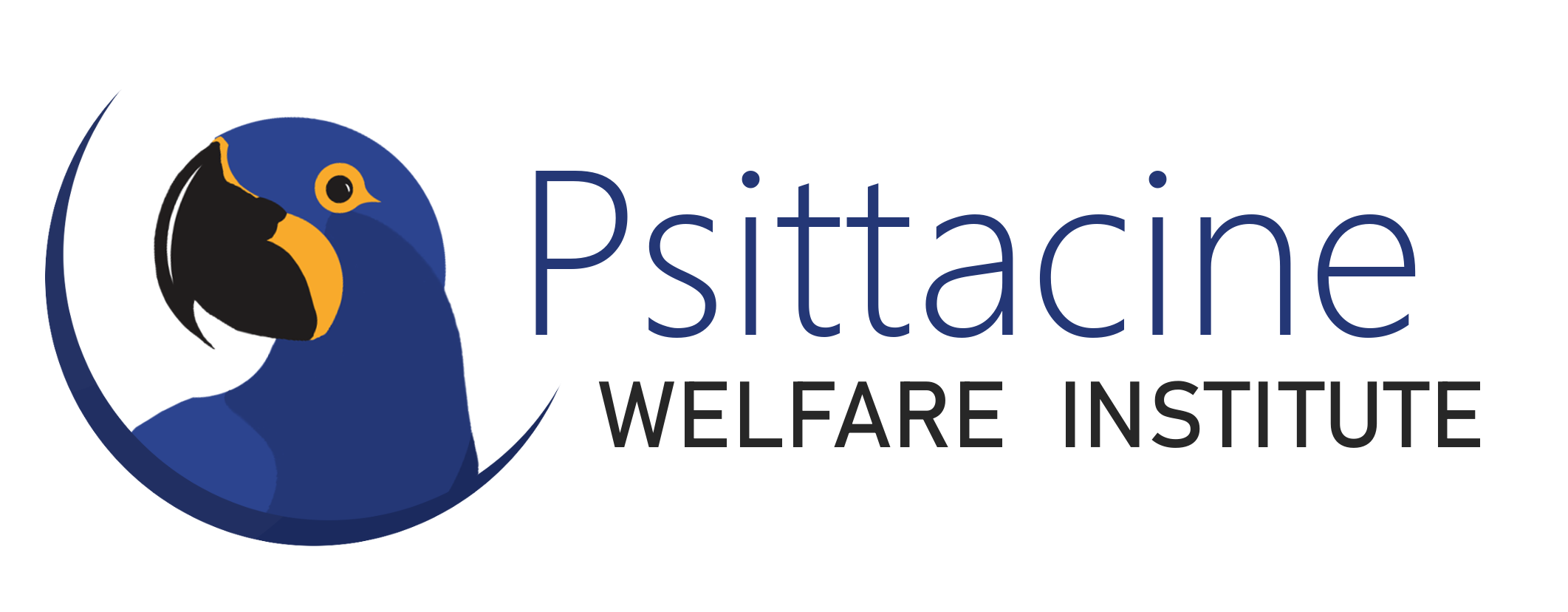Why Conservation?

Science isn’t often preoccupied with “why” questions. We might wonder how an eel reproduces, or where a species of bird migrates to; but “why” questions, such as why do humans commit immoral acts, are wrapped in layers of psychology, morality, and choice — topics better left to behaviorists and philosophers. Having worked in several conservation organizations, I didn’t see the value in asking “why” questions surrounding our mission, the why was implied: to conserve nature. This, in my mind, was an obviously righteous task – to protect the natural world. Only… is it? …and furthermore, are we actually? When I started my mission-based nonprofit, the Psittacine Welfare Institute, I came to understand that every decision made under a mission-based organization has the power to alter and shape our goals as a society. Most of these institutes are, like science, primarily concerned with how to achieve their mission, and like me — hadn’t given a lot of thought to why they were pursuing that mission. After all, two organizations can and often do have directly opposing missions, or more frequently: indirectly opposing missions — e.g. an oil company drills in the Arctic not to destroy habitat, but to make money. After months of research and incredible scrutiny, I have come to believe that there are many flaws in why we pursue conservation, and that it may not be the greatest moral option for animals and nature.
Polling a subset of average conservationists on what the goals of conservation are, many will say: “to conserve the natural world as it is”, or more accurately, what it was pre- industrial revolution. My issue with this mentality is that it fundamentally misunderstands nature as a static force. The nature of biology is change, and the preservation of it at a very specific point in time ignores the forces of evolution, climate, and adaptability. Due to this, we often add negative connotations to terms of change like invasive species or extinction, but both occurred naturally for millions of years before humans evolved. Preserving nature through the idea of unchanging species, habitats, and ecosystems — is a perversion of its reality. Now, the two most common retorts to this criticism are: a.) humans have caused such irreversible damage so quickly, that we must stifle this change; and b.) that real conservation is protecting geographical areas and allowing them to change naturally on their own. These points, however, escalate us to the more important consideration of the real naturally changing world. More specifically: Why is maintaining the natural world our goal for animals when the natural world is highly amoral?

I would argue that the rejection of great ideas based on the mentality: “it’s the way we’ve always done things”, is perhaps the greatest threat to innovation in the professional world; and I see great parallels between this contentment in the inadequate with our perception of the natural world as the pinnacle of animal thrival. The reality of this world is filled with more moral atrocities than I can count: infanticide, parasitic infestation, lengthy terminal illness, predation and consumption of still conscious animals. It is no wonder that even as large primates who couldn’t possibly fathom the life of a small prey animal, we still chose to leave behind the natural world to create our own. This isn’t to say that nature does not afford certain luxuries that animals may not find in a captive setting, because that much is certainly true. It is more to say that how we evaluate the success of nature completely ignores these moral quandaries. This leads me to my main grievance with traditional conservation ideology: the standard metric we use to discuss success — population.
Population is constantly at the center of information in the scientific world, the conservation world, and the zoological world when we discuss the future success of a species. We classify endangered species by this metric specifically so that we have a heading on which animals should be allotted more resources than others to improve their livelihood — only… it’s not actually the individual animal’s life in consideration, but simply their population health. Livelihood is far too complex of a subject to ever be perfectly or exactly correlated with population. What bearing does population have on the livelihood of a solitary animal? The truth of why we conserve is unfortunately wrapped in layers of self-interest. It’s the reason why conservation efforts for charismatic megafauna far outweigh more ecologically important invertebrates — because we want to save what we like. It’s the reason why we strive so hard to maintain the ecosystems at this precise place in time — because it helps us survive. The problem with this utilitarian reasoning, however, is that it uses the utility of nature as a crutch, and when we progress our technology beyond the utilities of the natural world — we will have no reason to protect it.
The real North Star for animal-based organizations: wild, captive, or domestic; is and should always be animal welfare. It’s based upon the same logical principles we employ when we pursue morally righteous acts for our own species in society — empathy. I’ve said it numerous times in my other papers, but the ability to empathize with other species, specifically the suffering they can endure, gives us a moral obligation to remedy as much suffering from the world as we can. Suffering is, without debate, negatively correlated with welfare, as mental state and aversive stimuli are a major part of evaluating an animal’s welfare. Based on this reasoning alone, although it is perhaps an extremely polarizing statement to make in our current place in history, I do believe that the welfare of the individuals in a species should outweigh the importance of the numbers of a species.
At this point, many of my colleagues in conservation work probably think I’m splitting hairs over a small distinction. Realistically, these two will often go hand-in-hand, as species with more attention, resources, and time committed to them often have greater welfare and numbers. Highly social species may also need other individuals in order to have good welfare, but there are absolutely instances where they directly oppose. The prime example to me is the treatment of a female polar bear named Anana under the management of a Species Survival Plan, though it is not exclusive to this example. Anana was born at Utah’s Hogle Zoo in 2000. She was sent to Buffalo Zoo in 2002 where she stayed for a decade, mothering one cub. Between 2013 and her death in 2021, a span of 8 years, she was sent to Brookfield Zoo, then to Buffalo Zoo again, then to Cincinnati Zoo, and finally to Detroit Zoo. The AZA’s Polar Bear Taxon Advisory Group (TAG) itself outlines how dangerous and stressful both moves and introductions can be to the animal: “Based on potential for serious or fatal injuries to the bears, all introductions should be well planned, not rushed, and intensely monitored.” I do not believe that any of Anana’s keepers or managers did anything through the process that would compromise the welfare of this animal, but I do believe that her ability to contribute to her species from a genetic standpoint caused them to move an animal to a new city every two years until her death from complications during a breeding attempt. Even if done to the best standards, which it likely was, moves are inherently dangerous and stressful to these animals; and because of this, I do not believe that they made the best choice for this animal’s welfare, due entirely to the focus a population metric.

As we continue to look at the most embattled species in terms of numbers, we may start to employ more desperate measures to ensure their population. I would argue that as wildlife professionals we need to have a firm idea of why we pursue the avenues we do. Is it for the animal’s sake or our own? The blunt truth is that any work, no matter how tireless or expensive, is ultimately a waste of time if it does not contribute to your mission. In a truly animal-centric industry, there is one and only one mission, and that is to improve the collective lives of all animals. Why would we aim to conserve the number of a population, when we can skip straight to the greatest ethical measure there is: their welfare.


